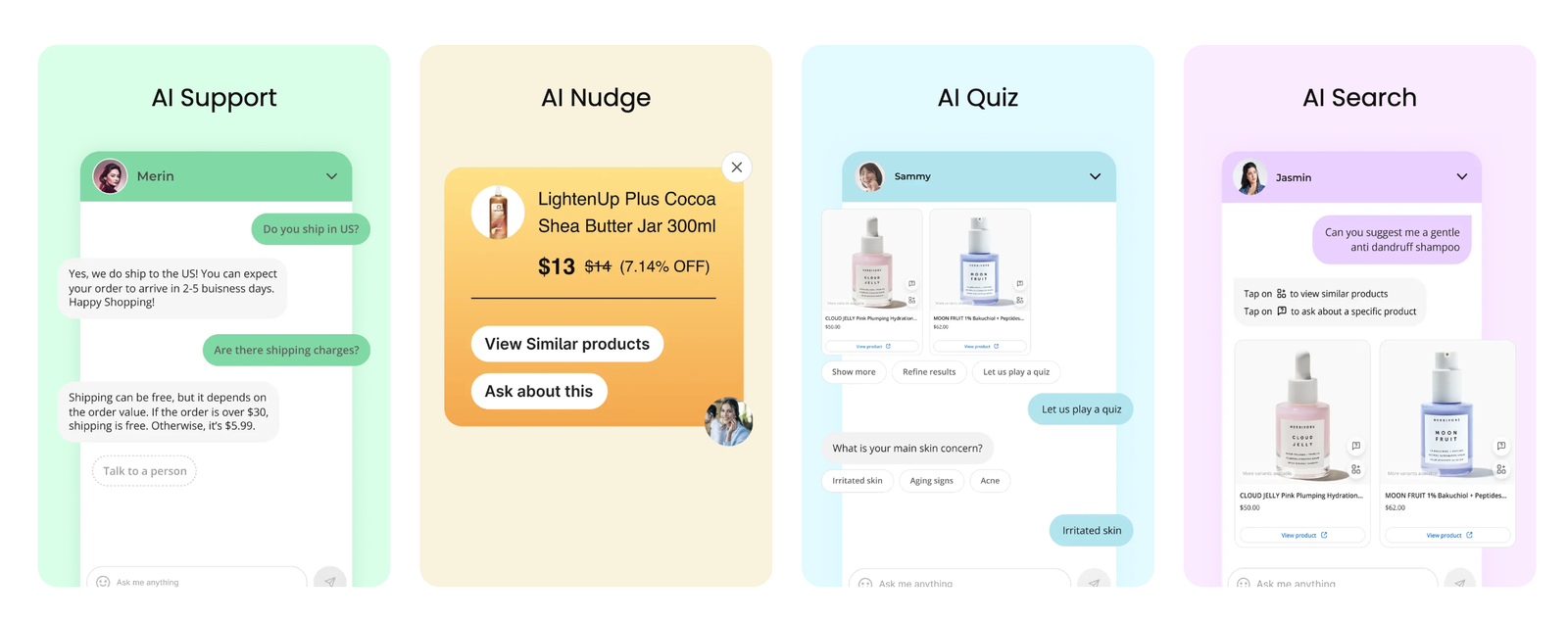Customer Service Burnout: 7 Solutions for Sustainable Support

Recent studies highlight a worrying trend, with over 50% of customer service representatives experiencing symptoms of burnout, leading to decreased productivity and job satisfaction. This blog delves into "Customer Service Burnout: 7 Solutions for Sustainable Support," offering a thoughtful exploration of methods to address and mitigate the impact of burnout. By focusing on sustainable strategies, it aims to equip individuals and teams with the tools needed to foster a healthier, more supportive work environment. Through this approach, we can ensure the well-being of those on the front lines of customer interaction, ultimately benefiting both employees and the organizations they serve and reduce customer service stress.
What is Customer Service Burnout?

Customer service burnout is a state of physical, emotional, and mental exhaustion caused by prolonged stress and frustration in the customer service sector. It manifests through symptoms like fatigue, irritability, reduced job satisfaction, and a feeling of detachment from work. This condition often arises from the relentless pace of dealing with customer demands, complaints, and the pressure to maintain high levels of service. Over time, this constant strain can erode an employee's enthusiasm and effectiveness, leading to decreased productivity and even health problems. Recognizing and addressing burnout is crucial for maintaining a healthy, productive work environment and ensuring the well-being of customer service professionals.
Customer Service Burnout Causes

Customer service burnout stems from a variety of factors that, over time, can significantly impact an individual's mental and emotional well-being. Key causes include:
- High Emotional Demand: Constantly managing customer expectations and handling complaints can be emotionally draining, leading to stress and eventual burnout.
- Repetitive Work: The day-to-day monotony of dealing with similar issues without variation can erode job satisfaction and motivation.
- Lack of Support: Insufficient backing from management or team members can leave customer service representatives feeling isolated and overwhelmed.
- Unrealistic Goals: When targets are unachievable, it can lead to a sense of failure and helplessness, exacerbating feelings of burnout.
- Inadequate Training: Without proper training, employees may feel ill-equipped to handle complex customer issues, increasing stress levels.
- Limited Career Advancement: A lack of growth opportunities can make employees feel stuck, contributing to dissatisfaction and burnout.
- Work-Life Imbalance: Excessive work hours or the inability to disconnect can prevent individuals from recharging, leading to burnout.
7 Ways to Prevent Customer Service Agent Burnout
Here are the 7 popular ways to prevent customer service agent burnout:
1. Embrace Flexibility in Scheduling
Life’s unpredictable nature means that a rigid 9-to-5 schedule isn’t always the best fit for everyone. Offering flexible scheduling options can be a breath of fresh air for customer service agents, allowing them to balance work with personal commitments. This can lead to a more relaxed and productive work environment, as agents are able to work when they feel most energized and focused.
2. Cultivate a Culture of Support
Creating an environment where agents feel supported and valued goes a long way in preventing burnout. This includes everything from having an open-door policy for discussing challenges to celebrating successes, no matter how small. Encouraging teamwork and collaboration also helps in building a strong support network among colleagues.
3. Promote Professional Growth
Nobody wants to feel stuck in a rut. Offering opportunities for professional development and career advancement can keep the flame of motivation burning. Whether it’s through workshops, courses, or clear pathways to promotion, showing agents that there’s room to grow encourages engagement and long-term commitment.
4. Ensure Reasonable Workloads
Overloading agents with more work than they can handle is a surefire path to burnout. It’s crucial to monitor workloads and ensure they are manageable. This might mean hiring more staff during peak times or utilizing technology to streamline tasks. A balanced workload allows agents to perform at their best without feeling overwhelmed.
5. Encourage Breaks and Downtime
Remind your team that it’s okay to take a step back and breathe. Encouraging regular breaks throughout the day helps prevent mental fatigue and keeps performance levels high. Additionally, promoting a culture where taking vacation time is not only accepted but encouraged, allows employees to recharge fully.
6. Provide Effective Tools and Training
Having the right tools and knowing how to use them can drastically reduce stress levels. Invest in user-friendly technology that simplifies tasks and offer ongoing training to ensure agents feel confident in their roles. This can minimize frustration and allow for a smoother, more efficient customer service process.
7. Listen and Act on Feedback
Finally, one of the most effective ways to prevent burnout is by listening to what your agents have to say. Regular feedback sessions where agents can share their thoughts and suggestions not only help in identifying potential burnout triggers but also foster a sense of belonging and importance. Acting on this feedback shows that you value their well-being and are committed to making positive changes.
Use AI Shopping Assistant to Ease Workloads

Introducing an AI shopping assistant, such as Manifest AI, into your customer service toolkit can significantly ease the workload on your team and provide a buffer against burnout. Here’s how:
- Automated Responses for Common Inquiries: Manifest AI can handle a large volume of routine customer questions, from product availability to shipping details. This automation frees up human agents to tackle more complex issues that require a personal touch.
- 24/7 Customer Support: The AI assistant operates around the clock, ensuring that customer inquiries are addressed promptly, regardless of the time of day. This continuous availability helps prevent the accumulation of unanswered queries that can overwhelm agents during working hours.
- Personalized Shopping Experiences: By analyzing customer data, Manifest AI can offer personalized product recommendations, enhancing the shopping experience. This reduces the time agents spend on product suggestions and helps in making customer interactions more efficient.
- Reducing Human Error: The AI’s ability to provide accurate information reduces the chances of human error, which can be a source of stress for customer service agents worried about giving out wrong information.
- Streamlining Operations: By integrating with the company’s database, Manifest AI can quickly access up-to-date product information and inventory levels, streamlining operations and reducing the workload on staff to manually check this information.
- Feedback Collection: It can also automate the process of collecting customer feedback, providing valuable insights into customer satisfaction and areas for improvement without additional effort from the customer service team.
- Training Support: AI assistants can be used as a training tool for new customer service agents, offering them a way to learn and practice handling common customer queries, thereby reducing the initial workload and pressure on new hires.
Conclusion
In conclusion, addressing customer service burnout demands a multifaceted approach, focused on nurturing a supportive work environment, fostering personal growth, and leveraging technology like AI assistants. By implementing these seven solutions, organizations can create a more sustainable support framework, reducing burnout and enhancing the well-being of their customer service teams. This not only benefits the employees but also improves the quality of service provided to customers, fostering a positive experience for all involved.
FAQs
Is Customer Service Hard?
Yes, customer service can be challenging due to the need to constantly manage expectations, solve problems, and handle difficult interactions with grace. It requires patience, empathy, and strong communication skills to effectively address a wide range of customer needs and maintain satisfaction.

.png)
